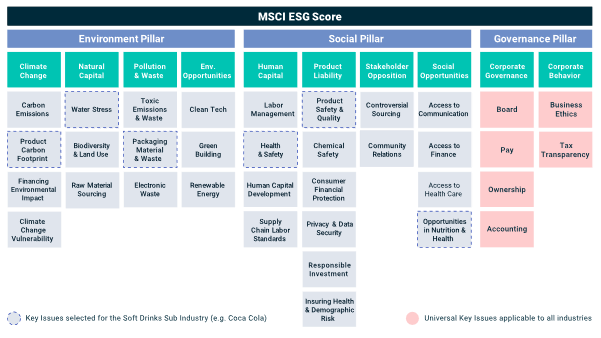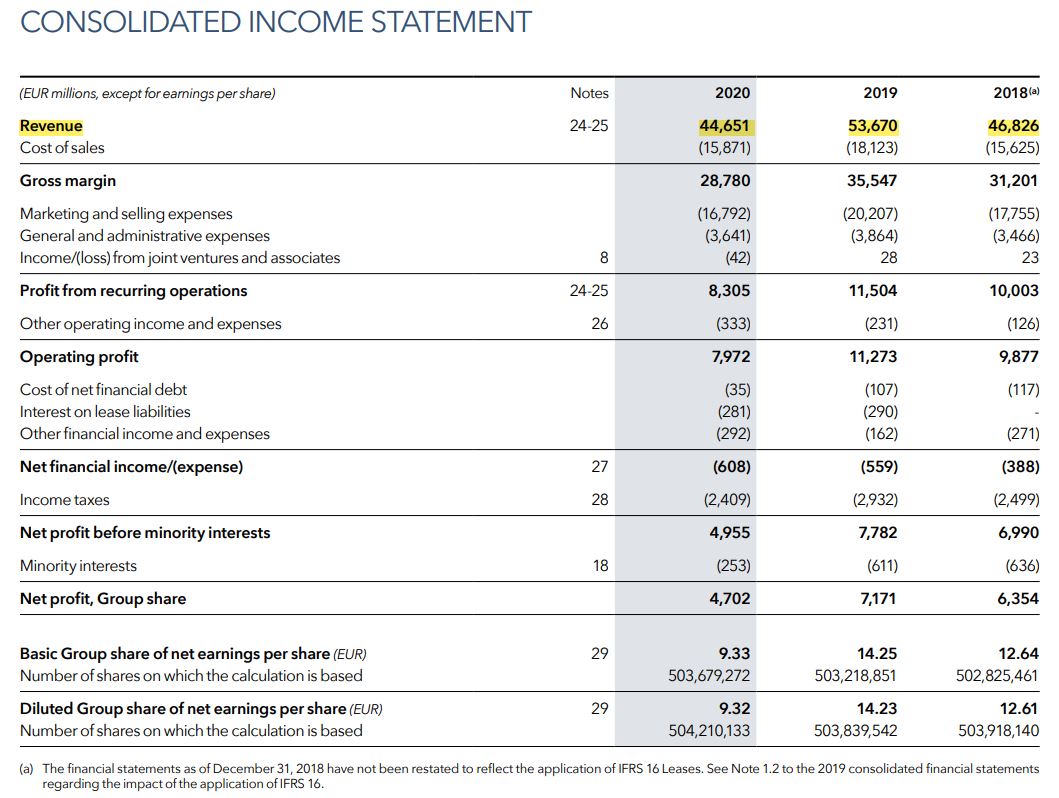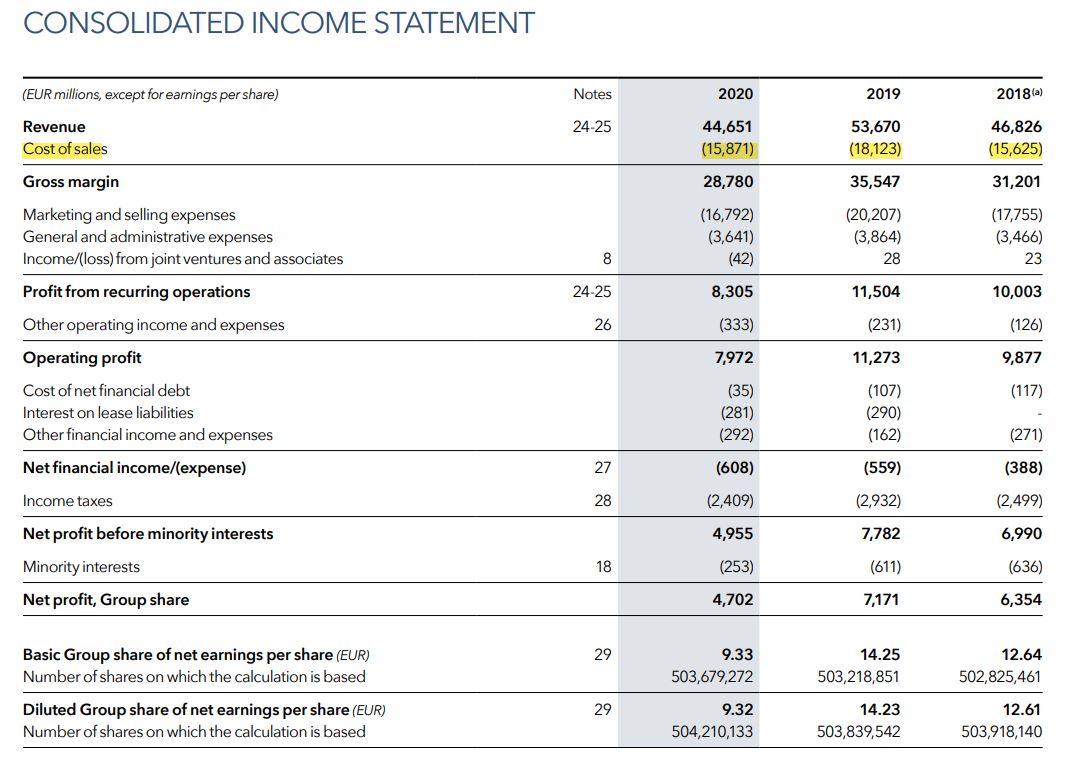The NFTs, a new gold rush?
In this article, Alexandre VERLET (ESSEC Business School, Master in Management, 2017-2021) explores the latest tech trend, which could revolutionize the art market and so much more.
These three letters are on everyone’s lips right now: NFT (for non-fungible token). But have you figured out what it’s really about? Let’s get into that special world of art, blockchain and people rich enough to buy a single tweet or jpg image. Jack Dorsey, CEO of Twitter, has put his very first tweet up for sale; the current auction is at $2.5 million (about €2 million). Sound like a lot? Canadian artist Grimes (and companion of the whimsical Elon Musk) has put up for sale an entire collection of digital works for nearly 6 million, while the most expensive single work sold to date is an animation showing Donald Trump, naked, being mocked by a blue bird. Its price? $6.6 million. But let’s get back to the basics and technique by detailing what an NFT, or non-fungible token, actually is.
Fungible vs non-fungible
First of all, let’s explain what a fungible element is and how it differs from a non-fungible element. The dictionary gives the following definition of the word “fungible”: things that are consumed by use and can be replaced by things of the same kind, quality, and quantity (e.g., commodities, cash).This means that it is something that has a value, but can be replaced by an equivalent of the same nature. For example, a coin that has no traceability, no serial number and will have the same value as a similar coin. Conversely, a non-fungible item cannot be replaced or substituted. For example, imagine a plane ticket: it is an object that can be consumed (in the sense that it can be bought), but its number, the fact that it is linked to a name and a particular seat on a given flight prevents it from being substituted for any other plane ticket.
What is a NFT (non-fungible token)?
An NFT applies this principle by adding a cryptographic layer based on an ERC (Ethereum Request for Comment) blockchain. This means that an NFT can be registered and exchanged just like an Ethereum (the second largest cryptocurrency after Bitcoin). This unique virtual token can then be used as a certificate for anything and everything, whether it is a real or digital good. Only its holder will be able to justify its possession, while it is possible to check the path of this token throughout its life. An NFT allows you to justify a purchase and prove its authenticity, whatever you have bought. Even a simple tweet, which may one day go down in history and be worth billions of dollars. The very principle of the blockchain ensures the encryption of information and its security, making each NFT unfalsifiable with today’s technical possibilities.
What can you buy with an NFT?
Technically, an NFT can be used as a certificate for anything. A famous painting, an official pair of sneakers… but where NFTs really come into their own is for digital assets. It’s easy to prove you own a painting or a pair of shoes, it’s harder to prove you bought a tweet from Jack Dorsey. But above all, it is a real revolution in the art world since any digital creation can now be identified and recognized as a unique work, thus immediately taking on value, like anything else that is unique. Some things, such as memes, can thus be considered as unique works.
Why buy a virtual image when you can copy it?
A question that often comes up is that of copying. What is the point of buying a 6.6 million dollar video or a single image when they are available everywhere on the net and can be downloaded and admired without any problem? Simply for the art and the joy of owning something unique. In a few seconds, you can find a reproduction of the Mona Lisa on Google Images and there is nothing to stop you from printing it and displaying it in your living room. However good your printer is, you will never own THE Mona Lisa by Leonardo da Vinci. Speculation and the principle of supply and demand do the rest and allow some works to be exchanged for several millions. And this is only the beginning.
The limits of NFTs
In front of this picture of the future that is being painted in real time before our eyes, there are a few fences linked to technical, ethical and legal limits. The biggest one being the cost of the blockchain. The Ethereum blockchain is currently particularly energy-intensive, which makes it expensive to use. From an ecological, ethical and economic point of view, relying on an ERC chain today is a miscalculation. “Today. Cryptocurrencies and blockchain in general are still in their infancy and the arrival of Ethereum 2.0 (a version that completely changes the principle of this blockchain in order to simplify and fluidify its operation expected in the next few years) could well solve these problems. Whatever you think about NFTs being a good investment or not, you will probably hear about them a lot in the coming years.
Related posts on the SimTrade blog
▶ Verlet A. Cryptocurrencies
About the author
Article written in July 2021 by Alexandre VERLET (ESSEC Business School, Master in Management, 2017-2021).











